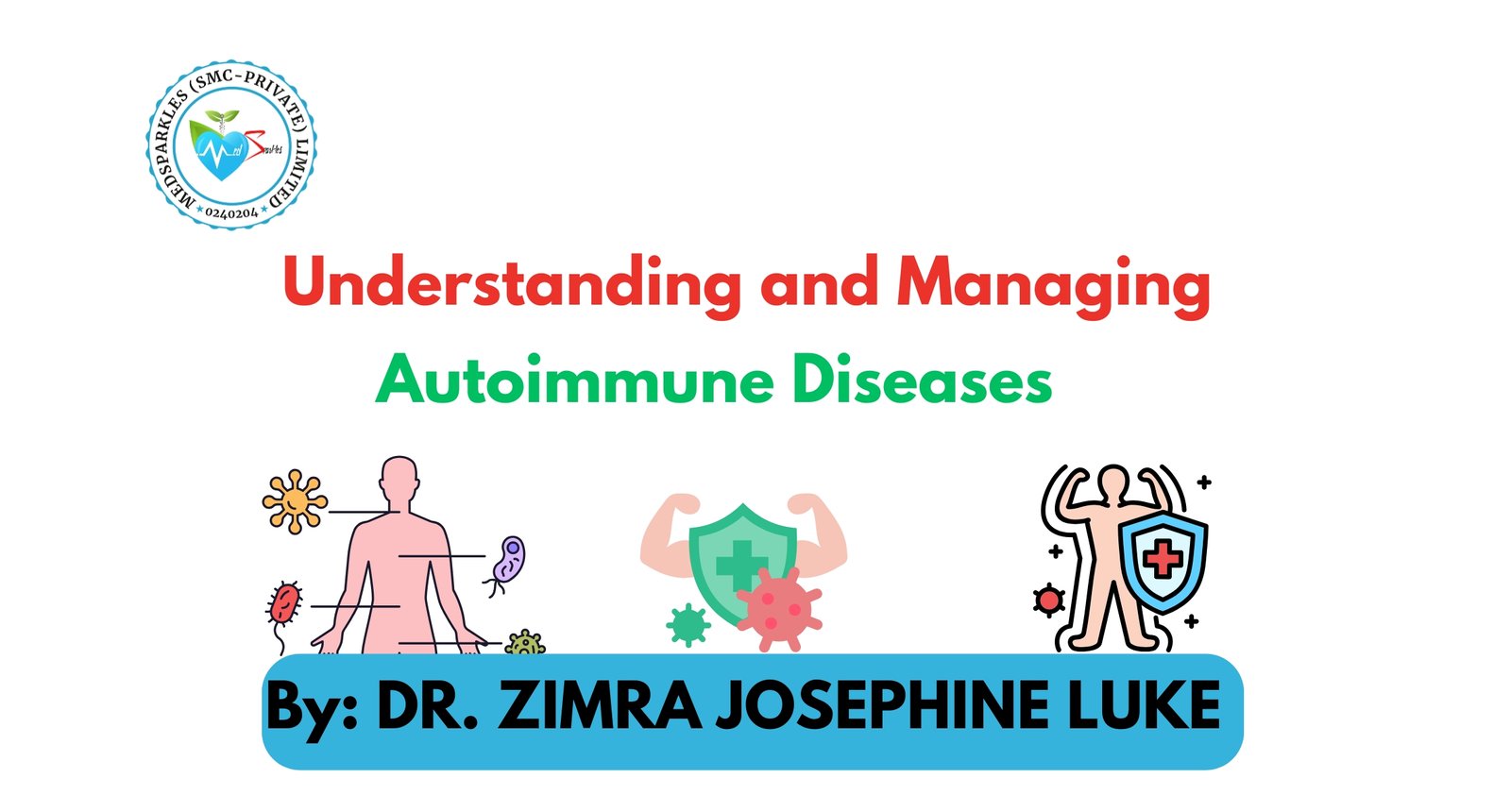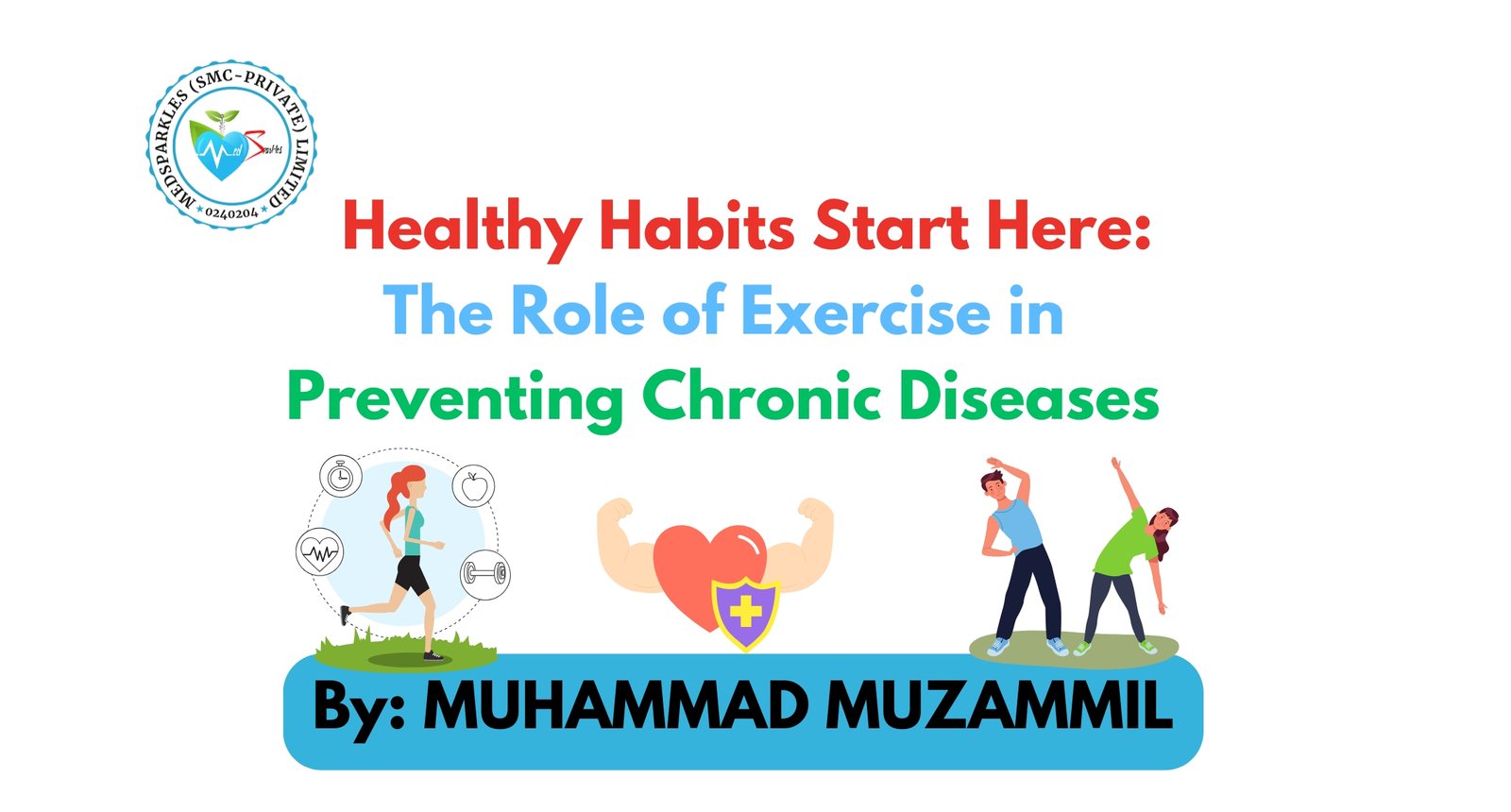
As summer brings more sunshine and encourages people to enjoy the outdoors, a lesser-known danger can arise – Drug-Induced Photosensitivity. This condition happens when specific medications interact with UV rays from the sun, causing intense skin reactions that may look like severe sunburn, rashes, or even blisters.
Understanding this phenomenon and identifying its clinical consequences is vital for all healthcare providers, especially pharmacists, who are on the frontlines of medication safety and patient education.
What Is Drug-Induced Photosensitivity?
Drug-induced photo-sensitivity is a cutaneous adverse reaction caused by the interaction between UV radiation and photo-sensitizing drugs. There are two main types:
- Photo-toxic Reactions:
- More common
- Dose-dependent
- Can occur minutes to hours after sun exposure
- Symptoms: redness, pain, swelling, blistering (resembles sunburn)
- Photo-allergic Reactions:
- Less common but immunologically mediated
- Not dose-dependent
- Symptoms may appear 24–72 hours after exposure
- Present as eczematous rashes or dermatitis

Common Photo-sensitizing Medications
| Drug Class | Examples |
| Antibiotics | Tetracycline’s (doxycycline), Fluoroquinolones (ciprofloxacin), Sulfonamides |
| NSAIDs | Naproxen, Piroxicam |
| Diuretics | Furosemide, Hydrochlorothiazide |
| Antifungals | Voriconazole, Griseofulvin |
| Retinoids | Isotretinoin, Acitretin |
| Antipsychotics | Chlorpromazine, Thioridazine |
| Antihistamines | Diphenhydramine, Promethazine |
| Chemotherapy Agents | 5-Fluorouracil, Methotrexate |
| Cardiovascular Drugs | Amiodarone, Nifedipine |

Role of Pharmacists in Anticoagulant Bridging Therapy
Pharmacists play a critical role in preventing and management of drug-induced photosensitivity through the following strategies:
1. Medication Review & Counseling
- Identify patients taking known photosensitizing drugs.
- Educate patients on the risk of photo-sensitivity with their medications.
2. Patient Education
- Advise patients to:
- Avoid peak sun hours (10 AM–4 PM)
- Use broad-spectrum sunscreen (SPF 30+)
- Wear protective clothing, wide-brimmed hats, and sunglasses
- Reapply sunscreen every 2 hours, or after sweating/swimming
3. Labeling & Reminders
- Ensure warning labels like “Avoid sun exposure” are placed on medication packaging.
- Reinforce precautions verbally at the point of dispensing.
4. Report & Document
- Encourage reporting of any adverse skin reactions.
- Document potential interactions in the patient’s profile.
5. Collaborate with Healthcare Team
- Alert physicians about potential alternatives for high-risk patients (e.g., switching doxycycline with azithromycin if appropriate).
Recommend dose adjustments or additional protective strategies.
Key Takeaway
Drug-induced photo-sensitivity is preventable with awareness and education. As pharmacists, we must stay vigilant, guide patients proactively, and foster a culture of safe sun practices—especially during the summer months.
Let’s shine a light on this hidden danger and protect our patients from unnecessary harm. 🌿💊
References:
- https://pmc.ncbi.nlm.nih.gov/articles/PMC9552952/#:~:text=A%20phototoxic%20reaction%20is%20obtained,causes%20an%20immune%20cutaneous%20response.
- https://joint-research-centre.ec.europa.eu/projects-and-activities/reference-and-measurement/european-union-reference-laboratories/eu-reference-laboratory-alternatives-animal-testing-eurl-ecvam/alternative-methods-toxicity-testing/validated-test-methods-health-effects/phototoxicity_en
- https://emedicine.medscape.com/article/1049648-overview






